SOURCE: AFI

A significant milestone has been achieved in India’s defense capabilities. The Military Engineering Services (MES) has successfully indigenized the Ship Installed Chemical Detection System (SICADS) in collaboration with Larsen & Toubro-Strategic Electronics Division (L&T-SEC) Bengaluru and the Defence Research and Development Establishment (DRDE) Gwalior. This achievement places India among a select group of nations capable of developing cutting-edge chemical warfare defense systems.
The Ship Installed Chemical Agent Detection System, developed by DRDE Gwalior in collaboration with its Design Cum Production Partner (DCPP) Larsen & Toubro, is a state-of-the-art system designed to detect and identify a wide range of chemical warfare agents and selected toxic industrial chemicals. This indigenization effort is a testament to India’s growing self-reliance in defense technology and its commitment to ensuring national security.
Continue readingSOURCE: AFI

The Indian Air Force (IAF) and the United States Air Force (USAF) have successfully concluded the 25th edition of their Executive Steering Group Meeting (ESG). The three-day event, held from September 24th to 26th, 2024, showcased the strong and enduring partnership between the two air forces.
The USAF delegation, led by the Deputy Commander of Pacific Air Forces, engaged in productive discussions with their Indian counterparts. The talks focused on a wide range of issues, including joint exercises, technology cooperation, and strategic partnerships.
Continue readingSOURCE: AP
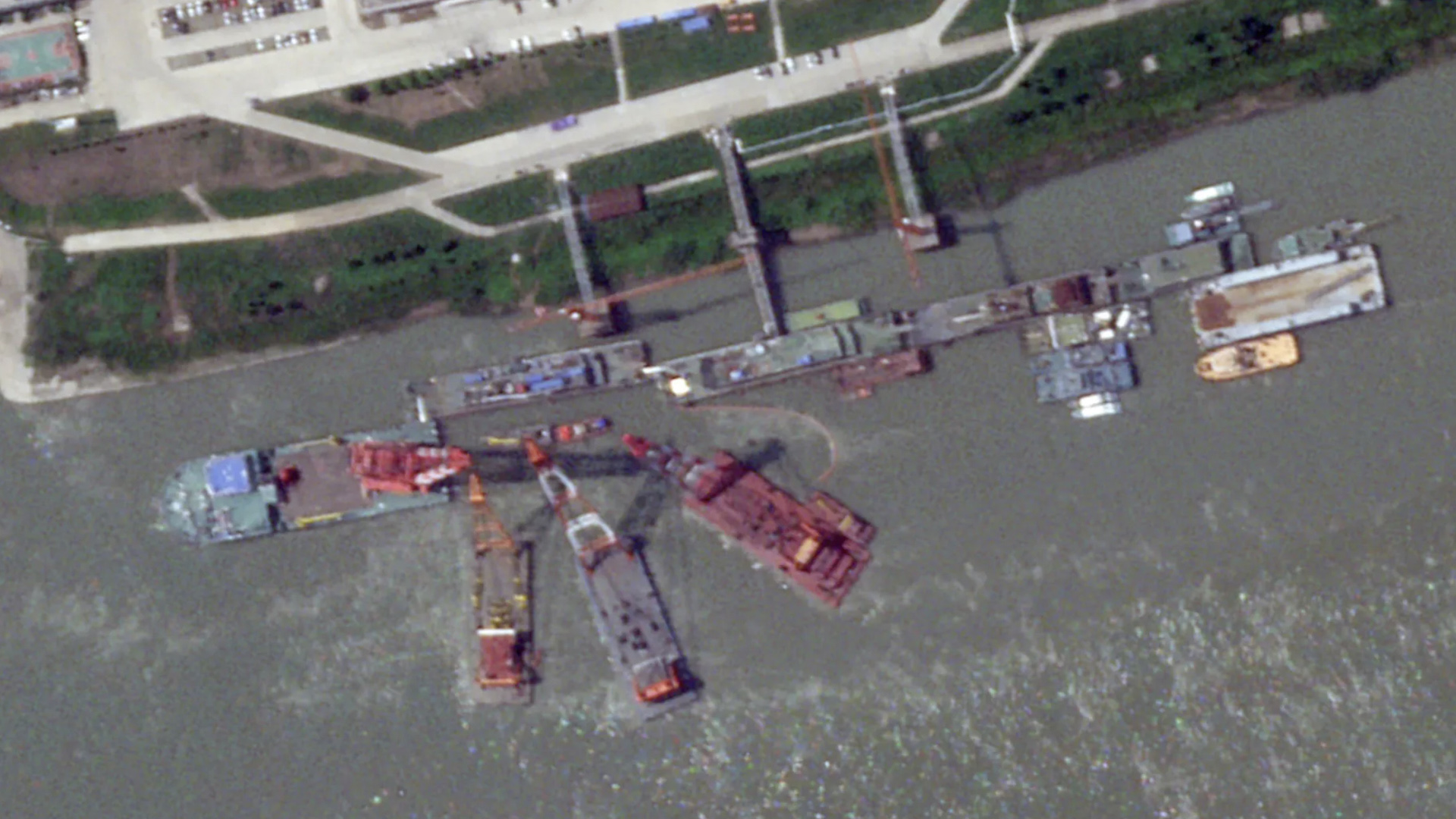
Satellite imagery showed that China’s newest nuclear-powered attack submarine sank alongside a pier while under construction, a senior U.S. defense official said Thursday.
China’s first Zhou-class submarine sank likely between May and June, when satellite images showed cranes that would be necessary to lift it off the bottom of the river, said the official, who spoke on the condition of anonymity to provide details about the submarine loss.
Continue readingSOURCE: RAUNAK KUNDE / NEWS BEAT / IDRW.ORG
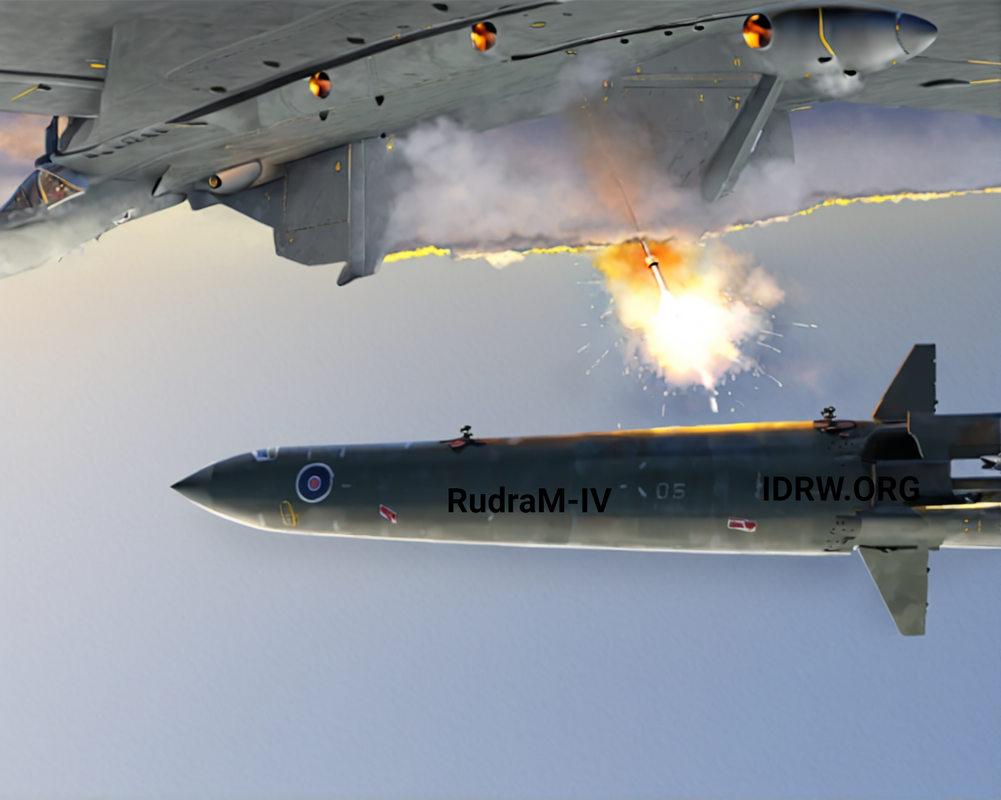
The Indian Defence Acquisition Council (DAC) approved the Acceptance of Necessity (AoN) in March 2023 for an indigenously designed Long-Range Stand-Off Weapon (LRSOW) to be integrated with the Su-30 MKI aircraft. This marks a significant step forward in India’s self-reliance in developing advanced weapon systems.
Initial reports suggested the LRSOW would be an air-launched cruise missile with a subsonic speed and a range of 1000-1500 kilometres. However, recent developments indicate that the LRSOW will be incorporated into the existing RudraM family of air-to-surface missiles developed by DRDO.
Continue readingSOURCE: RAUNAK KUNDE / NEWS BEAT / IDRW.ORG

Following the successful development and testing of the Agni-5 MkII, the Defence Research and Development Organisation (DRDO) has turned its attention to the Agni-IV MkII. This upgraded version of the Agni-IV intermediate-range ballistic missile is expected to incorporate several enhancements, including a significant reduction in weight through the use of composite materials.
The Agni-IV, a nuclear-tipped missile with a range of approximately 4,000 kilometres, has been a cornerstone of India’s nuclear deterrence. The Agni-IV MkII is anticipated to extend this range to around 5,000 kilometres, bringing a larger portion of China within its striking distance.
Continue readingSOURCE: RAUNAK KUNDE / NEWS BEAT / IDRW.ORG

Bengaluru-based TimeTooth Technologies Pvt. Ltd. has secured a significant contract to develop Rotor Damper systems for Hindustan Aeronautics Limited’s (HAL) Advanced Light Helicopter (ALH Dhruv) and Light Combat Helicopter (LCH Prachand) programs. This marks a crucial milestone for the Indigenous aerospace industry as TimeTooth will focus on developing, qualifying, and eventually producing these systems over the next few years, aligning with India’s push for self-reliance in critical defence technologies.
The development phase is expected to span two years, during which TimeTooth Technologies will work closely with HAL to ensure the systems meet stringent performance and safety standards. Following successful qualification, the company will begin production, with supply contracts likely extending for five years and beyond. This long-term collaboration not only supports the ongoing ALH Dhruv and LCH Prachand helicopter programs but also signifies HAL’s commitment to fostering homegrown solutions for critical components.
Continue readingSOURCE: AFI
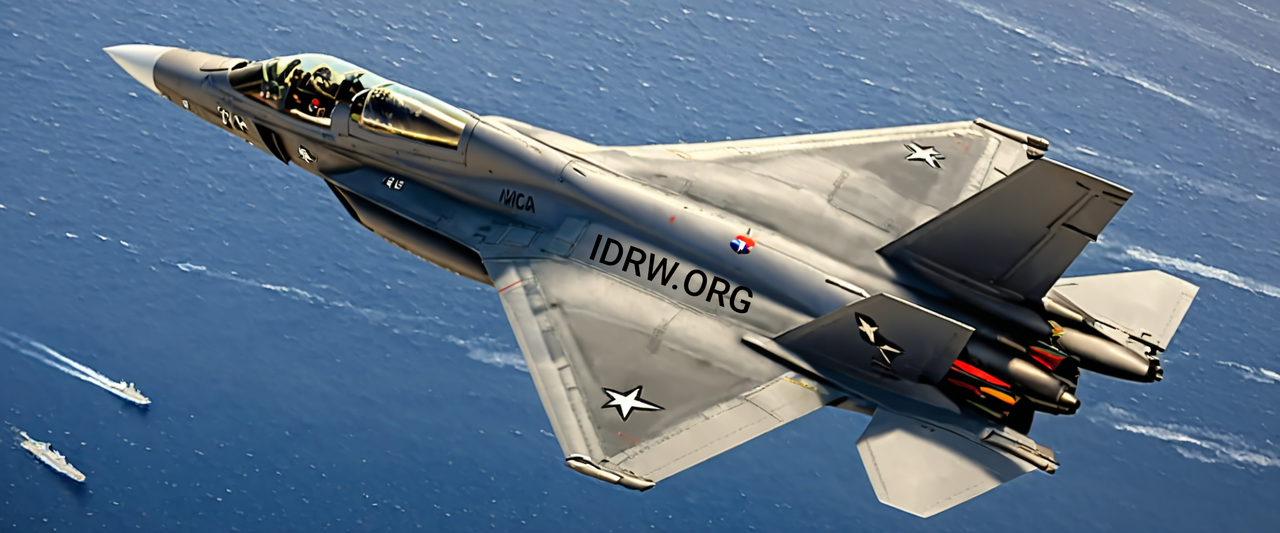
As India seeks to modernize its naval aviation capabilities, the choice between the Naval AMCA (Advanced Medium Combat Aircraft) and the Twin Engine Deck Fighter Based Aircraft (TEDBF) has become a subject of intense debate. While the TEDBF has received significant attention, there are compelling reasons to prioritize the Naval AMCA, a true fifth-generation fighter jet program.
India’s investment of 15000 crores in the AMCA program is a strategic decision that reflects the country’s commitment to developing cutting-edge military technology. The Naval AMCA could offer many advantages, making it a more promising option than the TEDBF.
Continue readingSOURCE: AFI

@officialTatya_1
In recent years, pilots of India’s indigenous Tejas Mk1 fighter jet have been seen using various types of aviation helmets, with multiple sightings revealing a blend of both international and locally sourced equipment. These helmets are crucial for pilot safety, performance, and communication, especially during high-speed maneuvers and complex mission profiles. The following article provides a breakdown of the four aviation helmets observed being used by Tejas Mk1 pilots, each playing a unique role in flight operations.
One of the aviation helmets seen on Tejas Mk1 pilots is the Guéneau 458, equipped with the Ulmer 82 oxygen mask. Manufactured by the French company L’Optique Scientifique Guéneau, this helmet is known for its versatility and is compatible with various fighter aircraft including the Rafale, Mirage, Eurofighter, Sukhoi, and MiG. The Guéneau 458 is available in three sizes and has been widely adopted across several air forces around the world. Its ability to work with different types of aircraft, including American models such as the F-15, F-16, F-18, and even training aircraft like the Hawk, makes it a popular choice for both seasoned and test pilots.
Continue readingSOURCE: AFI
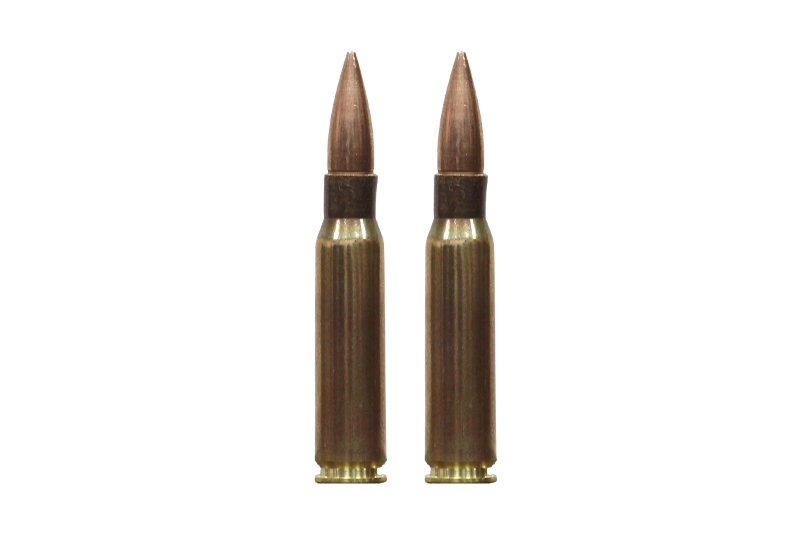
Adani Defence, the defense manufacturing arm of the Adani Group, plans to double its annual production of small arms ammunition to 300 million rounds by next year. This significant expansion will solidify Adani Defence’s position as a major supplier of ammunition to the Indian Armed Forces.
Adani Defence recently commenced production of 150 million rounds of small caliber ammunition at its new facility in Kanpur, Uttar Pradesh. This initial output is estimated to meet approximately 25% of India’s annual ammunition requirement. By doubling production to 300 million rounds per year, Adani Defence will be able to cater to 50% of the country’s annual demand.
Continue readingSOURCE: AFI
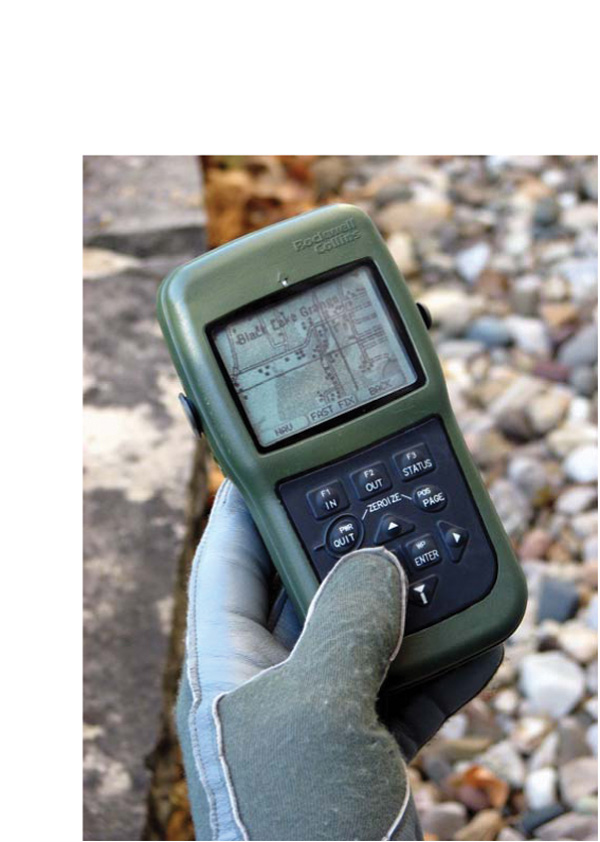
The Ministry of Defence, Government of India, is planning to procure approximately 9000 units of Global Positioning System (GPS) handheld devices. These devices will be crucial for the Indian Army (IA) in safeguarding the nation’s sovereignty along the International Border (IB).
In an era where cartographic data can become outdated, GPS handheld devices provide an invaluable tool for facilitating various aspects of warfare that require accurate ground position information. The following paragraphs outline the broad operational requirements for these GPS devices:
Continue readingSOURCE: IDRW.ORG

Big Bang Boom Solutions Private Limited, a leading technology company based in Chennai, has developed the Vajra Strike, a cutting-edge direct energy weapon designed to neutralize aerial threats with unparalleled precision and speed.
Leveraging focused energy beams, the Vajra Strike provides a powerful and effective solution for countering drones and other aerial threats. Its pinpoint accuracy and rapid response capabilities ensure that it can swiftly neutralize targets without causing collateral damage.
Continue readingSOURCE: IDRW.ORG

India has issued a Notice to Airmen (NOTAM) indicating an upcoming missile test. The designated airspace for the test covers an area of 1390 kilometres, suggesting that the missile involved could be the Agni-1P, a short-range ballistic missile.
The NOTAM, issued on September 26, 2024, specifies that the missile test will take place on October 3 and 4. The extensive area covered by the NOTAM suggests that the missile’s trajectory will be relatively long, consistent with the range of the Agni-1P.
Continue readingSOURCE: AFI

On September 25, Azerbaijani President and Commander-in-Chief Ilham Aliyev officially welcomed the new JF-17C (Block-III) fighter jets into service with the country’s Air Force. Developed in collaboration between Pakistan Aeronautical Complex (PAC) and China’s Chengdu Aircraft Corporation (CAC), the advanced, all-weather multi-role aircraft is expected to significantly enhance Azerbaijan’s military capabilities.
The acquisition of the JF-17C (Block-III) has placed Armenia under increasing pressure to counter Azerbaijan’s growing air power. Armenia, a close ally of India, currently operates a fleet of four Su-30SM and 16 Sukhoi Su-25 aircraft, which primarily serve as ground attack aircraft. To maintain a balanced military posture in the region, India may consider offering Armenia its LCA-Tejas Mk1A fighter jet as a potential solution.
Continue readingSOURCE: AFI
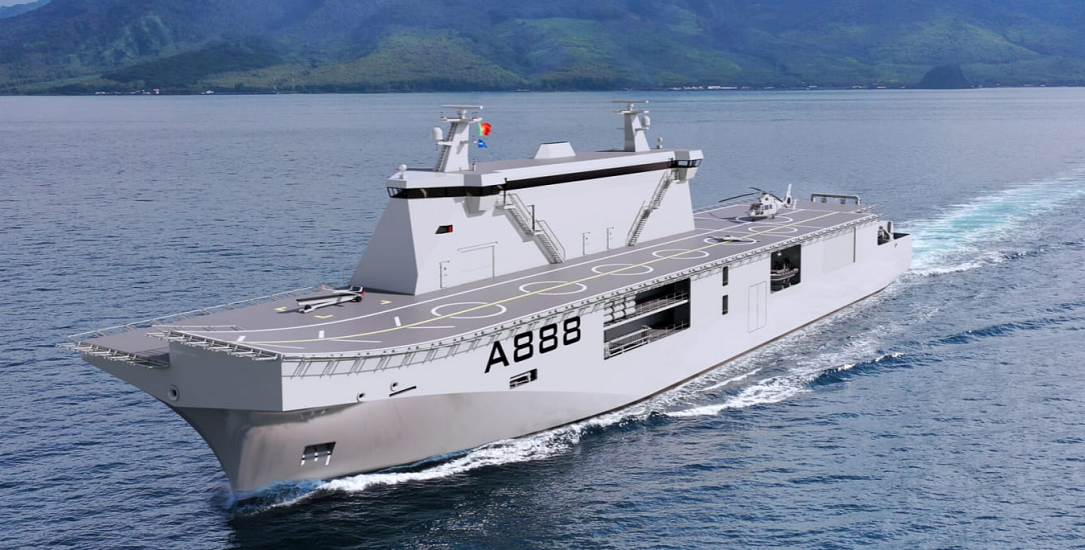
The rapid evolution of unmanned systems and artificial intelligence (AI) in modern warfare has presented a paradigm shift in naval strategy. As the world’s leading military powers, like the U.S., China, and Russia, increasingly embrace autonomous technology and unmanned aerial systems (UAS) for naval warfare, it is critical for the Indian Navy to advance its capabilities in this domain. One of the most revolutionary concepts is the development of drone carriers—vessels designed to deploy, recover, and command fleets of unmanned systems. For India, the development of an indigenous drone carrier is not just desirable but necessary to meet future security challenges and maintain maritime dominance in the Indian Ocean Region (IOR).
The Indian Navy operates within the vast expanses of the IOR, an area critical to global maritime trade and security. The region is also the theater of increasing competition with China’s People’s Liberation Army Navy (PLAN) and frequent forays by other external powers. While the Indian Navy has made significant strides in expanding its conventional fleet, the inclusion of a drone carrier would exponentially expand its operational reach.
Continue readingSOURCE: AFI

In a significant development for India’s defense exports, the Ministry of Defence (MoD) and Small Arms Factory (SAF), Kanpur, have secured a major order for 2,000 Medium Machine Guns (MMGs) from a European customer. This deal marks a major leap for India’s defense sector and signifies the growing international recognition of its indigenous weapons capabilities.
The news comes on the heels of previous reports by idrw.org highlighting strong European interest in the MAG MMG, manufactured by SAF. This reliable and high-performance weapon is now poised to make a significant mark in the European market.
Continue reading